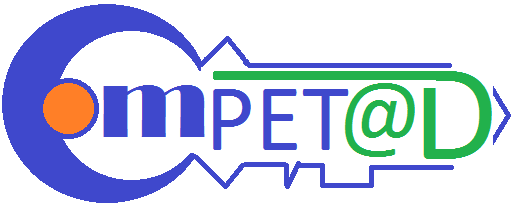Customer Service is something that is not given as much importance here in the Philippines as other countries do. The Philippine consumer appears to be less empowered and is not given as much importance and consideration as they should. If you visit your average local tea shop or sari-sari store, you will notice that some store owners or managers would provide you service and sell you goods without even looking you in the eye. While less often, the same practice can sometimes be seen in other middle class restaurants and fast food. A big percent of micro, small, and medium enterprise businesses in the Philippines close down within three years from its opening. The more advanced and more-success driven companies however know the difference that a good customer service can make for their company.
Your frontline staff who deals with customers, their direct supervisors, and your store managers all play a crucial role in providing a good experience to your customers. In a quick survey we have done among a small number of respondents, we have asked working class individuals age 23 to 40 about their favorite shops and why they go back to these stores. We have noted a very interesting response saying that she prefers to go to this certain mall because the sales ladies know where other stores are located and you can easily ask for directions. She compared this to another mall where she felt that even the security guards have totally no clue where to find stores in their establishment. Another respondent explained that she goes to this certain beauty and wellness store because their staff is really friendly. She said that they remember her name and always greeted her whenever she visits. In these examples, we can clearly that customer service can play a huge role in the decisions customers make when purchasing.
Good customer service builds customer loyalty. If customers are buying from your store only because they need a certain product, it is easy to lose them once a new store selling a similar or comparable product comes around. To add to this, having a staff that can build a friendly relationship with customers can help build trust. Customers look forward to getting recommendations about products that may be helpful to them and they usually want to get these from someone they trust. By having good customer service, you can increase your customer’s likelihood of buying more products. If you have excellent customer service, customers talk about you and refer you to their closest friends. While they do this, it helps you acquire new customers. Consumers tend to buy products that have worked for people within their community. They purchase products that are popular among their friends and those they have the closest affinities with. By having good customer service, you will be able to create an experience that your customers will likely tell their friends about.
If you would like to build your frontline staffs’ customer service skills to take advantage of these great benefits for your business, we encourage you to check our Effective Customer Service Workshop this coming 7 April 2017. For inquiries, you may also call us at (02) 433 3342.








